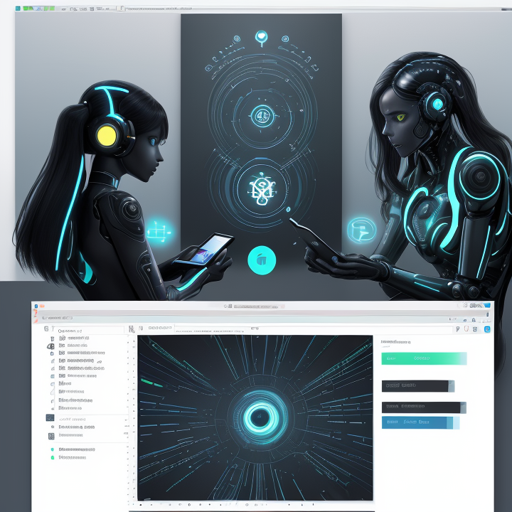In the ever-evolving world of artificial intelligence, conversational AI stands out as a powerful tool for businesses and developers alike. This guide will help you understand how to create and enhance your conversational AI applications, making them more interactive and intelligent.
What is Conversational AI?
Conversational AI refers to the technology behind chatbots and virtual assistants that allow machines to engage in human-like conversations. The goal is to create a user experience that feels natural and intuitive.
How to Build Your Conversational AI?
- Define Your Purpose: Start by identifying the specific task or purpose your conversational AI will serve. Is it for customer service, personal assistance, or entertainment? Knowing the end goal will guide your development process.
- Choose the Right Platform: Based on your technical skills and the desired features, select a platform or framework. Popular options include Microsoft Bot Framework, Google Dialogflow, and Rasa.
- Design the Conversation Flow: Create a flowchart of how conversations should progress. Think of it as creating a script for a play – map out the questions, responses, and possible user paths.
- Implement Natural Language Processing (NLP): Utilize NLP libraries like NLTK or spaCy to enable your AI to understand and process user input effectively. This is crucial for interpreting user intents accurately.
- Test and Iterate: Once your conversational AI is up and running, conduct extensive testing. Gather user feedback and make improvements based on real conversations.
An Analogy: Building a Conversational AI is Like Crafting a Dinner Party
Imagine you’re hosting a dinner party. First, you need to decide the theme and menu (define your purpose). Next, you choose a venue and arrange the seating (select the right platform). Then, you create an itinerary with each course – appetizers, main courses, and desserts (design the conversation flow).
As the host, you prepare to answer various questions about the dishes or accommodate guests’ dietary preferences (implement NLP). Finally, after the party, you reflect on what went well and where things could improve for next time (test and iterate).
Troubleshooting Your Conversational AI
If you encounter challenges while developing your conversational AI, here are some common troubleshooting tips:
- Understanding user intents: If your AI struggles to comprehend user input, enhance your NLP implementation or broaden the training dataset.
- Unexpected responses: Review your conversation flow and ensure all potential user inputs are accounted for and appropriately handled.
- Technical issues: Check for errors in your code or platform configurations and ensure all dependencies are correctly installed.
For more insights, updates, or to collaborate on AI development projects, stay connected with fxis.ai.
Final Thoughts
Building a conversational AI can be a rewarding experience that enhances user engagement and satisfaction. At fxis.ai, we believe that such advancements are crucial for the future of AI, as they enable more comprehensive and effective solutions. Our team is continually exploring new methodologies to push the envelope in artificial intelligence, ensuring that our clients benefit from the latest technological innovations.

